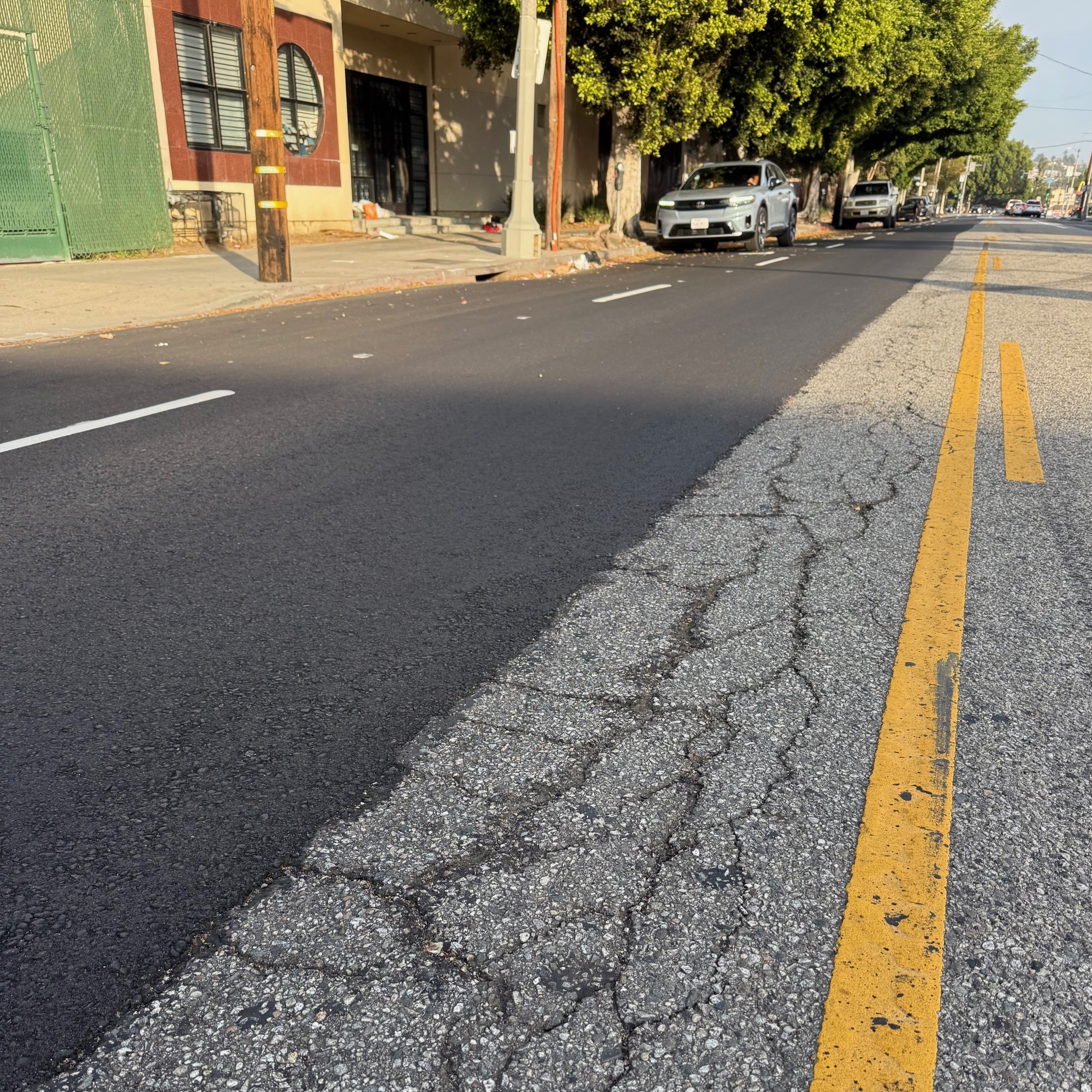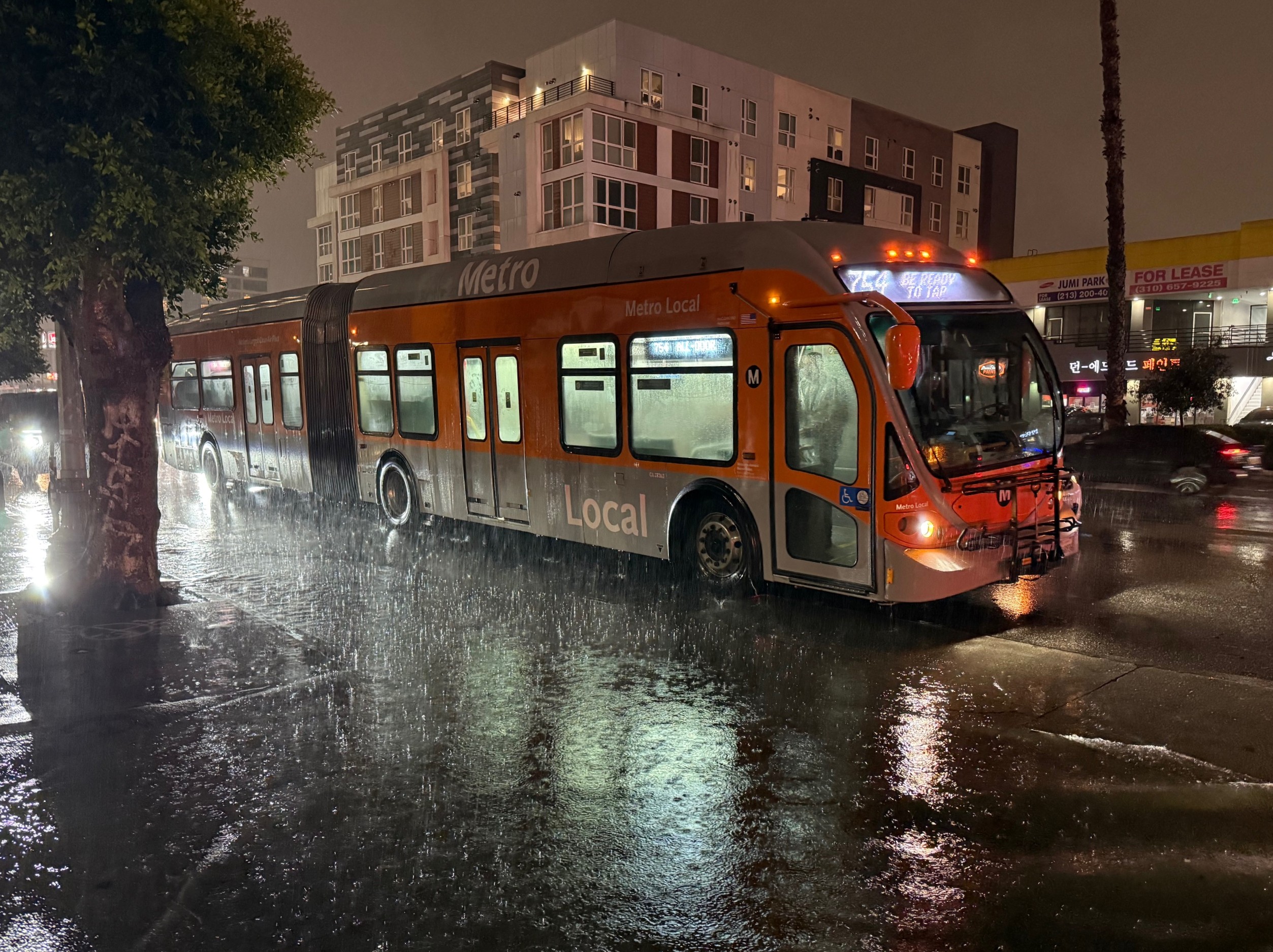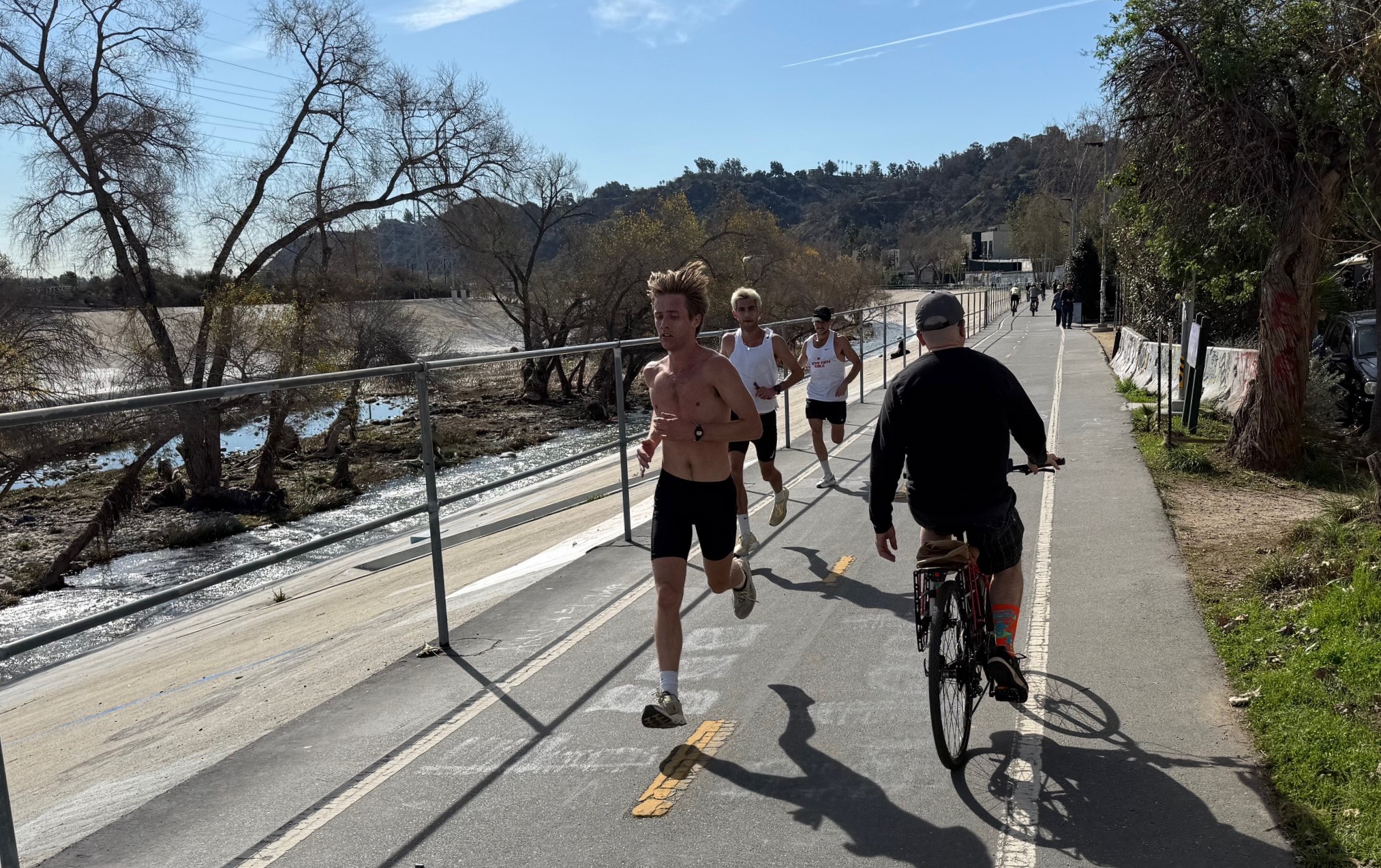Today on the Streetsblog Network, Mary Newsom at the Naked City has a classic story about a dangerous street in desperate need of a design overhaul, and a DOT that's only willing to try out tiny, cosmetic changes.
Charlotte is out with its annual list of high-crash intersections, and not for the first time, the most dangerous locations are predominantly on wide, one-way streets like North College Street. When Newsom suggested to Charlotte DOT a few years back that the design of these streets is causing problems, an engineer told her that changing the configuration of College Street is not on the table:
Engineer Debbie Self, in charge of CDOT's traffic and pedestrian safety programs, pointed out in 2013 that of the 150 intersections in uptown Charlotte, the majority involve at least one one-way street and most are not on the high-accident list. About North College Street in particular, in 2013, Self wrote:
"College Street in the areas of 7th, 8th & 9th Streets has been on the HAL [high accident list] for many years. It’s been hard to pin point a single underlying cause. Angle crashes account for about half of the crashes at College and 7th, 8th and 9th. CDOT will likely consider reflective back plates at the signals as a mitigation given our successful reduction in crashes at 5th/Caldwell." [CDOT had attributed the 2013 decline in accidents at Fifth and Caldwell to the installation of the back plates.]
Newsom writes that tinkering on the margins is increasingly inadequate given the growing foot traffic around North College Street:
Meanwhile, with the opening of the UNC Charlotte building and growing numbers of uptown residents, plus more bars and nightlife, more people are walking even on this rather unpleasant street -- a street decidedly not designed for pedestrians.
Further, this area is only a block from two light rail stops (Seventh Street and the to-open-in-2017 Ninth Street). The area should be notably more pedestrian friendly. But with back-of-curb sidewalks, a lack of street trees for several blocks and surface parking lots way too prevalent, it isn't.
Solution? CDOT can't alter property lines or force land owners to stop tearing down older buildings and replacing them with surface parking lots or force them to develop the property if they don't want to. So CDOT is left with the standard toolkit for traffic-calming: traffic humps (not bumps, but humps you can glide over at 20 mph but not at 40), stop signs (ugh), traffic circles, more on-street parking. What about a bike lane? No, the cars will not be able to travel as fast. But this is one block off main street in a city of 800,000. Slower is OK.
Or, might I suggest, turning it back into a two-way street?
Elsewhere on the Network today: Project for Public Spaces weighs in on the idea, recently floated by New York City Police Commissioner Bill Bratton and Mayor Bill de Blasio, of ripping out the Times Square pedestrian plazas. BikePortland reports that smoke from Oregon wildfires rendered the city's streets "eerily empty" this weekend. And Alon Levy at Pedestrian Observations culls data on intercity train speeds in developing nations.






